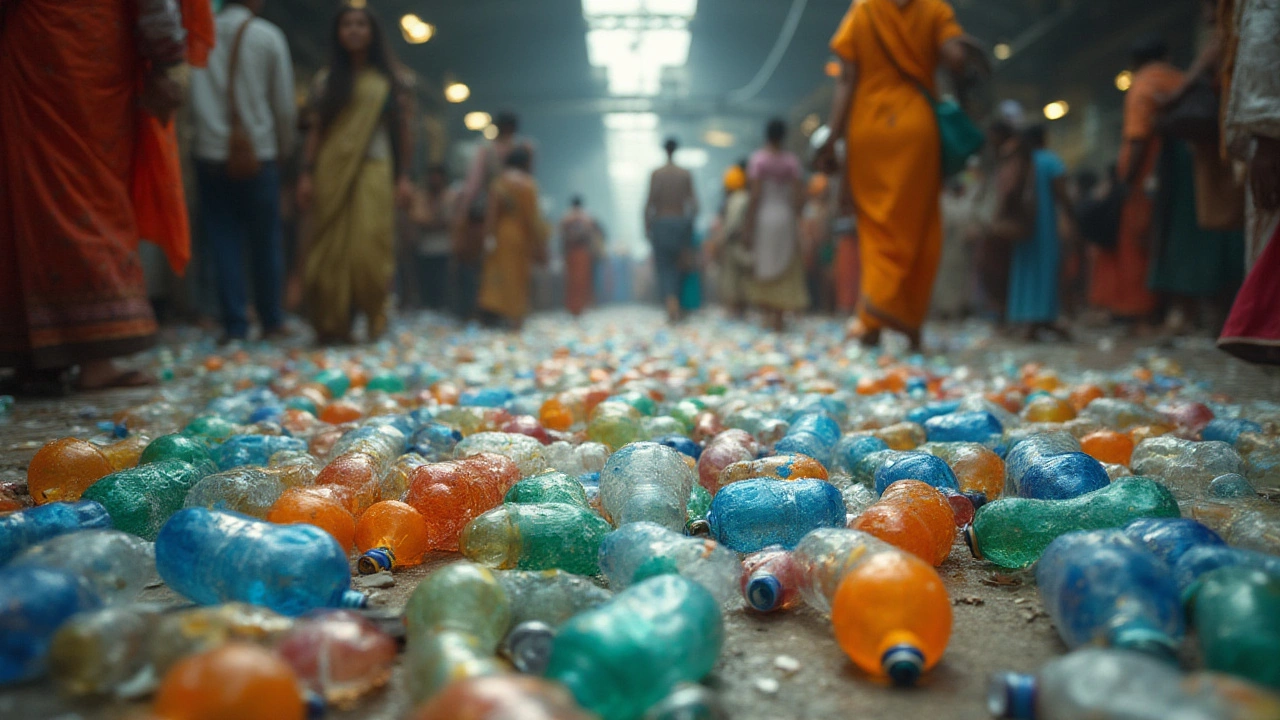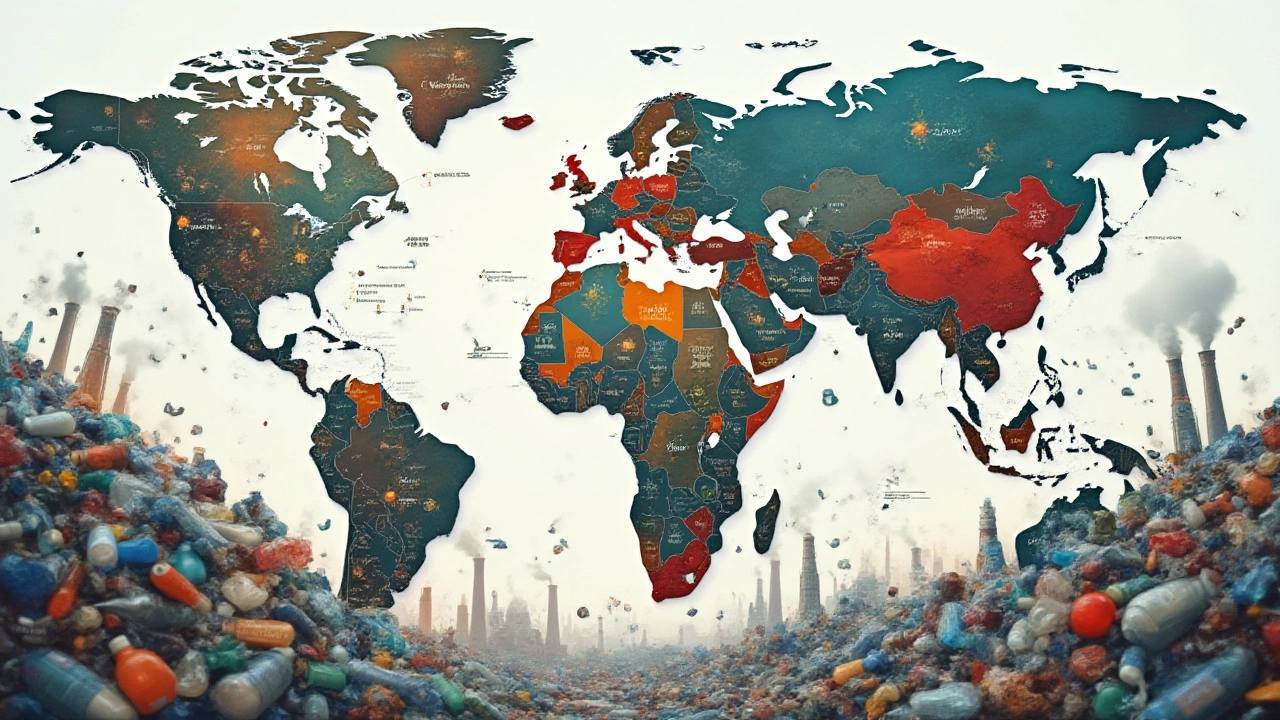Plastic Pollution and What Manufacturers Can Do About It
Plastic waste is everywhere – from city streets to ocean shores. For anyone in the manufacturing world, that waste is also a hidden cost. It hurts the planet, it scares customers, and it can eat into margins when disposal fees rise. The good news? You don’t have to wait for a miracle. Simple changes in sourcing, design, and operations can shrink plastic pollution while keeping your production line humming.
Start with the Raw Material: Choose Smarter Plastics
Most factories still order standard polymer pellets without asking why they’re the best choice. Take a moment to ask: does this plastic have a high recycling rate? Is it a single‑use grade or a durable resin that can be reused? Switching to high‑density polyethylene (HDPE) or PET that carries a clear recycling code can cut the amount that ends up in landfills. Even better, look for suppliers who offer bio‑based or reclaimed polymers. Those options often carry the same performance specs and cost only a little more, but they give you a green badge you can brag about.
When you negotiate with suppliers, request material safety data sheets that include the plastic’s end‑of‑life profile. A clear number on the label (like the #1 PET code) tells you how easy it is to recycle. This small step makes downstream processing smoother and reduces the load on waste‑management services.
Design for Reuse and Recycling
Design engineers love to add features that improve performance, but each extra layer can make recycling harder. Aim for single‑material products whenever possible. A plastic bottle made entirely of PET can be shredded, melted, and turned into a new bottle in a matter of hours. Mixing PET with a thin liner of PVC, however, forces the item into a garbage stream.
Think about product life‑extension too. If a component can be easily disassembled, customers can return it for a discount on a new one. This “take‑back” model is already popular in the electronics arena and works well for plastic casings, containers, and even automotive parts. Offer a clear return policy and set up a collection point at your plant or partner with local recyclers.
Another quick win is adding a little space for a label that tells users how to recycle the item. Simple instructions – “Recycle #1 PET – clean and dry” – guide the consumer and improve the chances the item gets processed correctly.
Make Your Production Line Cleaner
Even the best material choices can be wasted if the shop floor creates excess scrap. Measure how much off‑cut and reject plastic you generate each month. Set a target to cut that number by 10 % in the next quarter. You can hit the goal by fine‑tuning machine settings, training operators to spot early defects, and installing in‑line sensors that catch errors before they become big piles of waste.
Invest in a small on‑site shredding unit. Instead of sending scrap to a landfill, you can turn it into feedstock for other parts or sell it to a local recycler. This not only reduces disposal fees but can also create a modest new revenue stream.
Partner with the Right Recyclers
Not all recyclers are equal. Some only accept clean, sorted plastics; others will take mixed streams but pay less. Build a relationship with a recycler that matches your waste profile. Arrange a regular pick‑up schedule so that waste doesn’t sit around gathering dust. If you have a large volume, consider a joint investment in a recycling facility near your plant – that cuts transport costs and shows real commitment to a circular economy.
Finally, share your progress. Post weekly or monthly stats on your website or internal dashboard. When employees see numbers like “15 % less plastic scrap this month,” they feel part of the solution and keep the momentum going.
Plastic pollution doesn’t have to be a fatal flaw for manufacturers. By choosing the right polymers, designing for reuse, tightening production, and teaming up with recyclers, you can slash waste, save money, and win over eco‑conscious customers. Start with one small change today – the impact adds up faster than you think.

What Is the Biggest Single-Use Plastic Product? Surprising Facts & Environmental Impact
Explore the biggest single-use plastic item in the world, its shocking impact on our planet, and practical tips to reduce waste. Don't miss these eye-opening stats.
Read More
Who Produces the Most Plastic Waste? Global Leaders and Shocking Stats
Discover which countries lead in plastic waste production, real numbers on global plastic pollution, industry impacts, and tips for reducing plastic waste.
Read More
Plastic Pollution: Which Plastics Fill Our Oceans the Most?
This article breaks down which types of plastic end up polluting our oceans the most. It highlights the main culprits and shows how manufacturing choices impact the problem. You'll get real facts about plastic waste, find out where it all comes from, and learn how changes in the way we use and produce plastic could help turn the tide. Easy tips are included for anyone who wants to make a difference. Ideal if you care about the plastic problem and want straightforward answers.
Read More